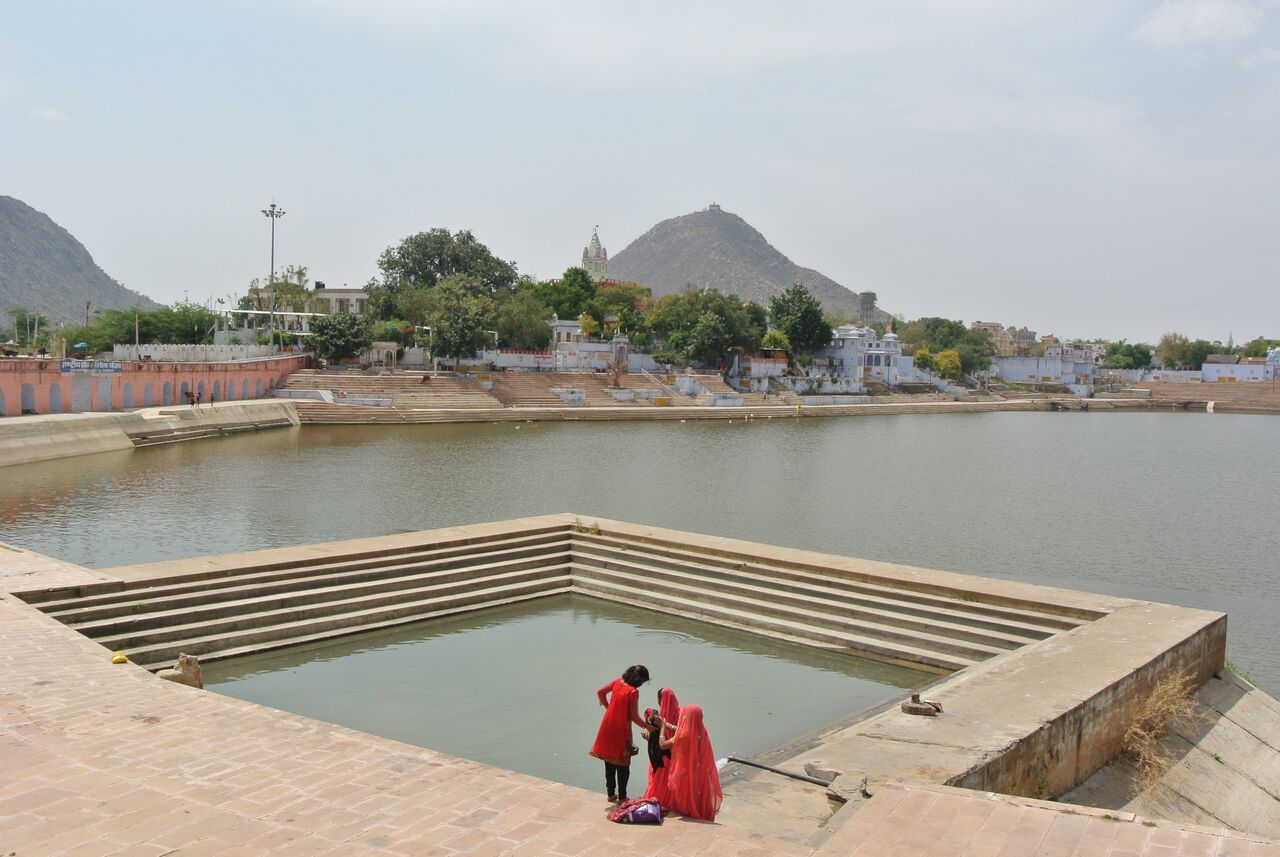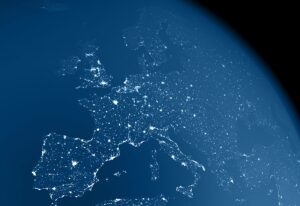Why big brands are becoming sustainability drivers
The cynic could ask if the clothing industry really cares about water. Particularly water far, far away. Far away are the countries where cotton is grown, where dying, printing and spinning are carried out by a predominantly young and female work force with limited opportunity to change their immediate and surrounding environment. But, far away is not just a spatial dimension, it implies far away in the value chain. For many companies, the direct responsibility is limited to their immediate supplier, not further down the line.
HM, Levi Strauss Co., GAP Inc. and the Sweden Textile Water Initiative all do. In an engaging conversation at the World Water Week in Stockholm, organised by the Stockholm International Water Institute, they each explained why water is not something to just consider a business risk, but increasingly an opportunity to carry out responsible business for brands, consumers and suppliers. They all showed that working with water, chemicals and energy is an integral part of the identity and business models of the brands.
The compelling argument is that consumers demand it. It makes business sense. And it is a responsibility best shared – and best-practices need to be shared.
I don’t know if the room was full because of the theme, the audience or the companies that were presenting. All I know is that the four women on stage, are super women, in their own right. They are dedicated to forge collective action in the industry, to lift the water issue on the global action agenda to make substantial difference in the lives of the people that make my clothes.








